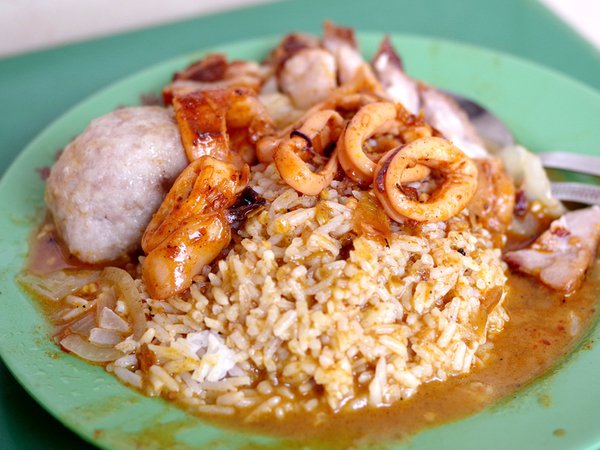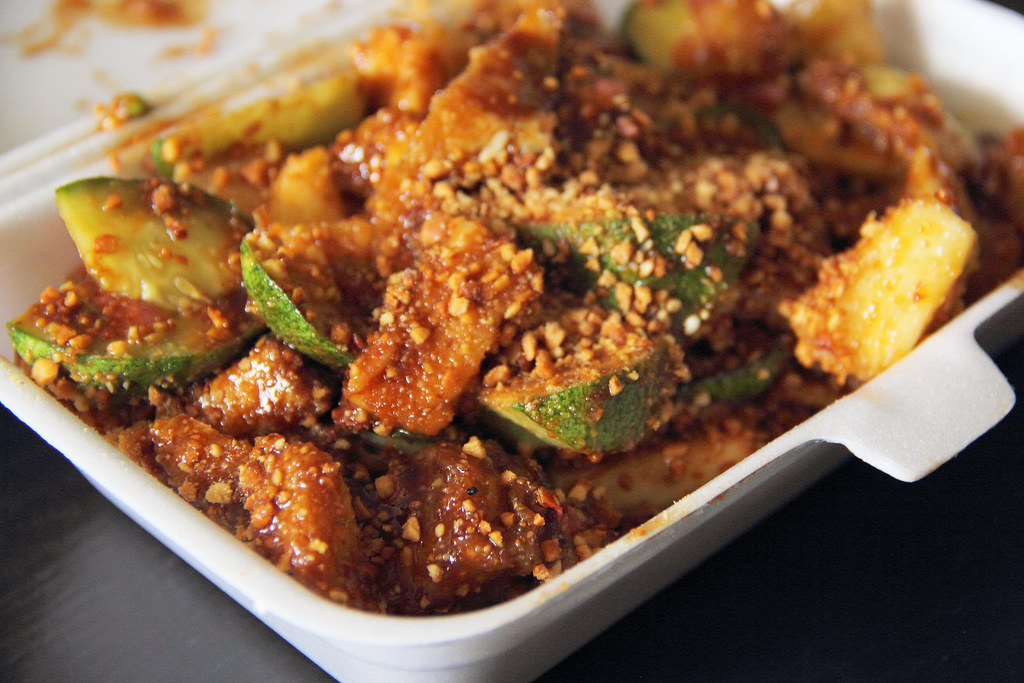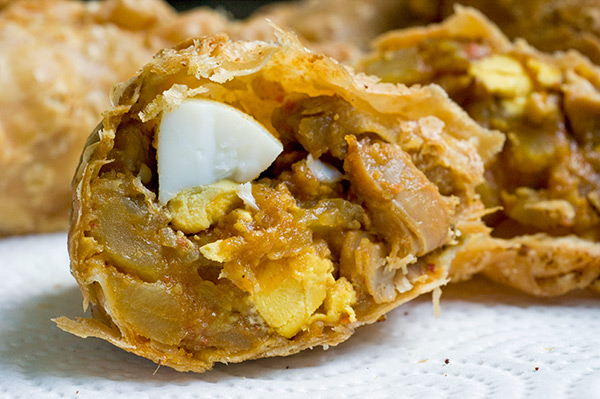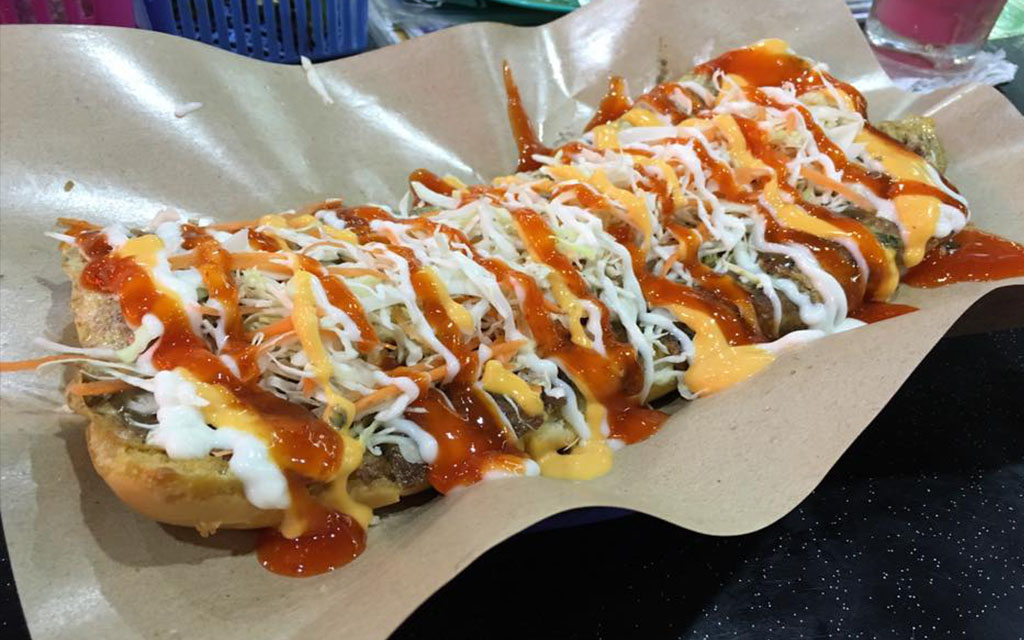Many people are adamant that local food stay local and have to be prepared by local people, or else, culture will be diluted.
However, food will not abide by unhealthy expectations imposed by people because food gets re-interpreted over time, according to what is practical and to meet ever-changing tastes.
In a place such as Singapore, some time-honoured traditions of food prep continue to be adhered to religiously, while newfangled methods experimented with today become the de facto way of doing things in time to come.
Looking back, here's how seven popular dishes in Singapore came about:
1. Hainanese Curry Rice
Hainanese immigrants were one of the last to arrive here in Singapore, after the Hokkiens, Teochews and Cantonese.
It didn’t help that the Hainan dialect was so different from the others that no one could really understand them.
Excluded from the run-of the-mill businesses that the other dialect groups ran, Hainanese immigrants became chefs for the British and Peranakans.
The curry rice dish was inspired by various foods like British pork chop, Peranakan curry chicken, chap chye (mixed vegetables) and Chinese kong bak (braised pork) -- all tasty and distinct in their own ways.
The Hainanese adapted and combined them into a dish that boasts four flavours -- sour, sweet, bitter and spicy.
Tossed onto a plate indiscriminately, Hainanese curry rice's signature look appears unpalatable.
But the gooey goodness is a prelude to a sensory explosion.
In the words of the good doctor and foodie Leslie Tay, it is pigs swill that “slides down the oesophagus like engine oil on pistons”.
Sexy.
2. Hainanese Chicken Rice
 http://themeatmen.sg/wp-content/uploads/2013/08/IMG_0580_web2.jpg
http://themeatmen.sg/wp-content/uploads/2013/08/IMG_0580_web2.jpg
If you eat chicken rice in Hainan, it tastes nothing like the Singapore version.
Authentic Hainan chicken rice in China is made with a very tough chicken called "Wen Chang" chicken.
It is served with rice drenched in oil with a dipping sauce made of chopped garlic, spring onions and oil.
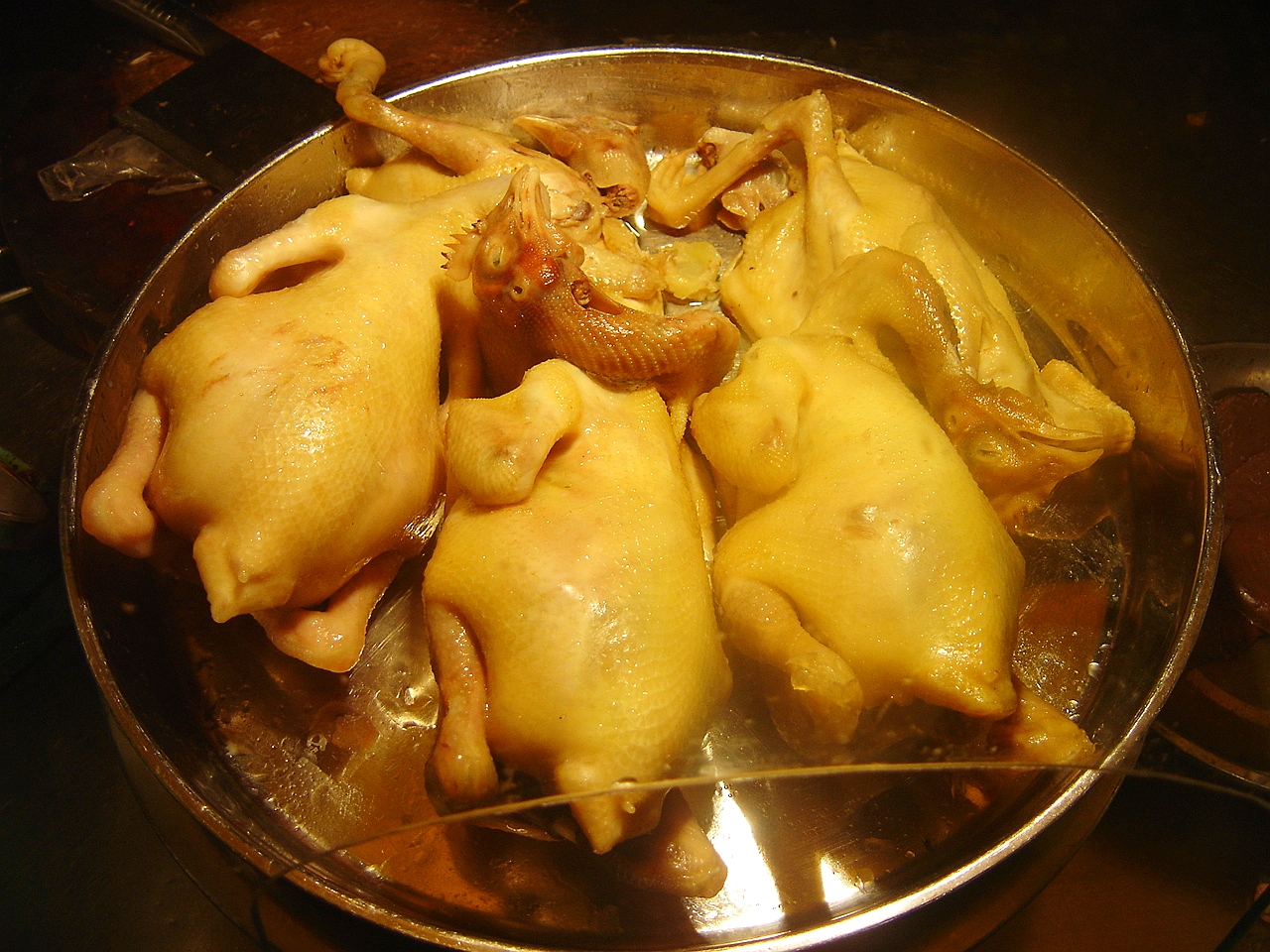 Wen Chang chicken. Via Wikipedia.
Wen Chang chicken. Via Wikipedia.
In contrast, the Singapore version uses tender young chicken, as well as a tangy chilli sauce flavoured by lime (thanks to the Cantonese for this flavour).
The rice is cooked in chicken fat and chicken stock.
Some eateries include a tropical twist by adding pandan leaves when cooking the rice.
In Malacca, and some places in Singapore, the chicken rice is served in balls.
3. Fish Head Curry
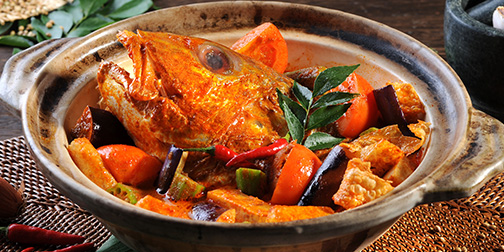
Fish Head Curry was purportedly an invention of a certain M.J. Gomez who hailed from Kerala, India.
Gomez wowed the local population here with his superb curries, especially his chicken korma.
The rumour was that it was so good because Gomez added opium to his food -- which is most likely just a rumour.
Like any good businessman, Gomez decided to woo Chinese patrons by selling curried fish head.
The official year fish head curry was first sold has been cited as 1949.
It was a hit.
Today, we have a variety of fish head curries, from the spicy and sour Assam variety, to the milky Nonya type.
The fish head is usually steamed first, while the curry is prepared.
After which, the fish head is placed in the curry to simmer so that the curry flavour seeps into the flesh.
Interesting fact: Fish eyes are believed to be highly nutritious and good for preventing brain diseases. Want to improve your brain power? You know where to look.
4. Rojak
A long time ago, Javanese immigrants brought along with them their fruit and vegetable salad, which the Chinese promptly borrowed and modified.
The local version of rojak has a mix of tropical fruits (such as pineapple and jambu), vegetables such as bean sprouts, kangkong and turnip, as well as Chinese influences in the form of you tiao (dough sticks) and century eggs.
Everything is mixed with prawn paste, sugar and lime juice, and then dusted with peanuts and garnished with a ginger flower.
Prawn paste is actually made from belachan, which is fermented ground shrimp.
5. Mee Soto/ Mee Rebus/ Mee Goreng
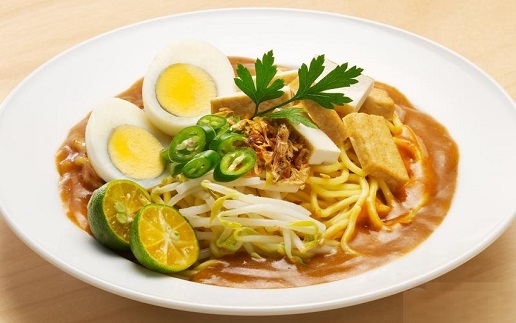
You can take the Chinese immigrant out of China but you can’t separate him from his noodles for long.
Hokkien mee (noodles) used to be made at Hokien Street and China Street, according to Infopedia.
The noodle was made by mixing Australian flour, water, and lye (an alkaline solution which gives the noodles a bite).
The early Chinese immigrants’ enthusiasm for egg noodles won over the Malays, who in turn, decided to incorporate them into their dishes.
What we call yellow Hokkien mee (noodles) today can be found in Malay dishes, such as Mee Soto, Mee Rebus and even the staple of every Indian Muslim restaurant -- the infamously red Mee Goreng.
6. Curry Puffs
The presence of the British in Singapore in the past meant that many local foods underwent changes to suit their delicate tastes.
One such example is the humble curry puff.
There are many stories that tell of the history of curry puffs.
One version claims that the British took the samosas brought over by Indian immigrants and modified it into a flaky puff version with a less spicy filling.
After the war, many Malay women made and sold epok-epok.
These were puff pastries filled with either sardines or potatoes mixed with rempah (spice paste).
Today, local purveyor of curry puffs, Old Chang Kee has went further with puffs that are stuffed with laksa and chicken rice, and in a delicious twist of irony, are selling curry puffs back to the British:
7. Roti John
Roti John is an enigma in itself.
"Roti" is a Hindi word meaning "bread", while "John" clearly refers to an angmoh.
Who was this legendary red-head Caucasian who single-handedly inspired the creation of a local dish?
According to unverified sources, an Englishman was so homesick that he asked a Malay hawker to make him a hamburger.
Not knowing what a hamburger was, the hawker took whatever he had -- eggs, onions, mutton and a French loaf -- and created the next closest thing -- a sandwich of sorts, which he named "Roti John".
Roti John was popularised by an Indian hawker in the 1970s.
His stall at the Taman Serasi Hawker Centre enjoyed a booming business selling Roti John to Eurasians and Caucasians alike.
It was said that he sold up to 800 loaves every weekend.
Roti John can be found in Malaysia and Jakarta.
*Bonus*: Milo Dinosaur
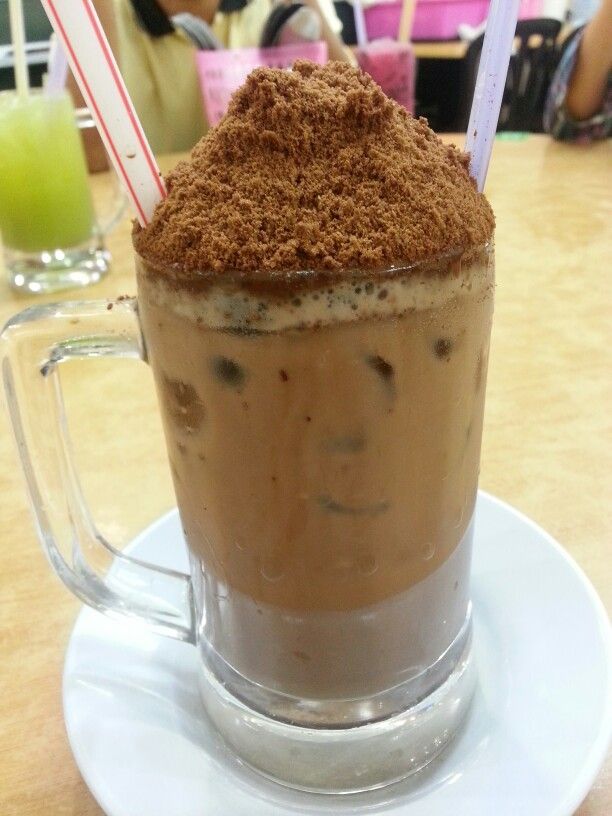
Since we’re on the subject of locally created delights, here's a fun fact about Milo.
Milo was originally created in Australia and has gained quite a following in Singapore and Malaysia.
Here, many would be familiar with the Milo Dinosaur, a concoction often found at 24-hour Indian Muslim eating places.
It is ridiculously simple to make: Make a glass of iced Milo and add a heap of Milo powder on top.
Former A & A Restaurant (currently Teh Tarik Muslim Restaurant) took credit for the creation of this calorific beverage.
Incidentally, A & A also claimed to be the inventors of Teh Cino.
 #SG200 is not a celebration. It's a commemoration. What's the difference? Click the logo. Maybe these articles might help.
#SG200 is not a celebration. It's a commemoration. What's the difference? Click the logo. Maybe these articles might help.
If you like what you read, follow us on Facebook, Instagram, Twitter and Telegram to get the latest updates.

